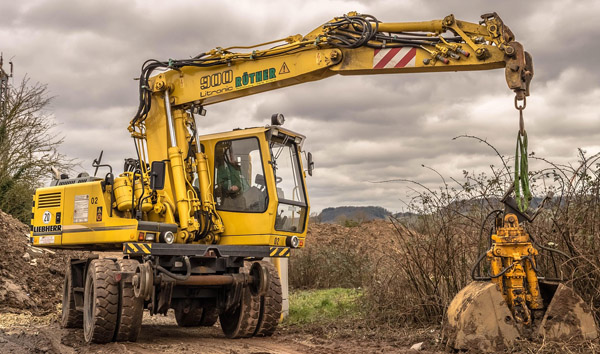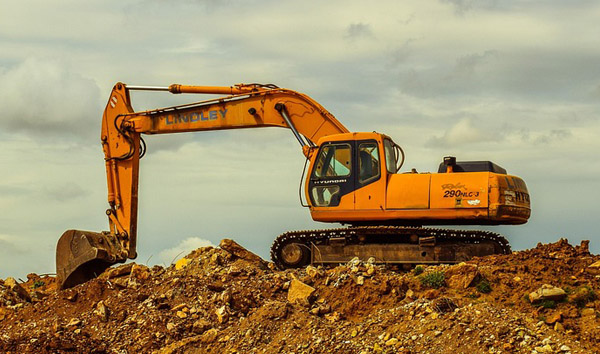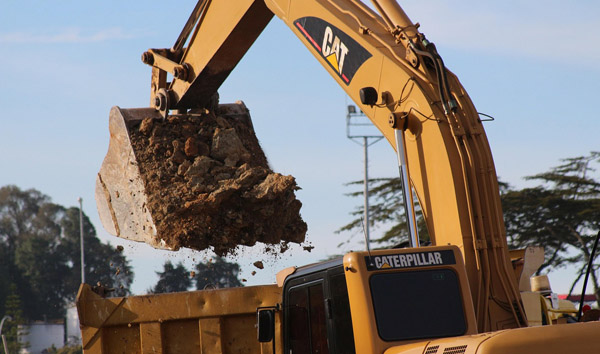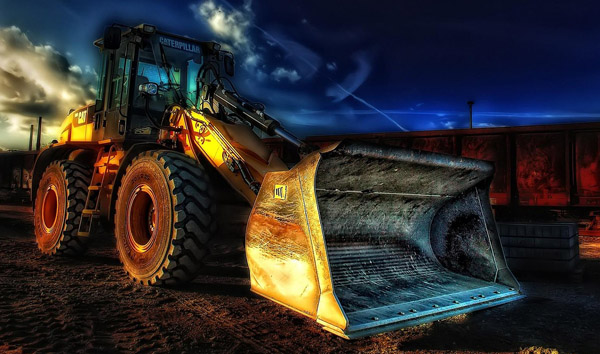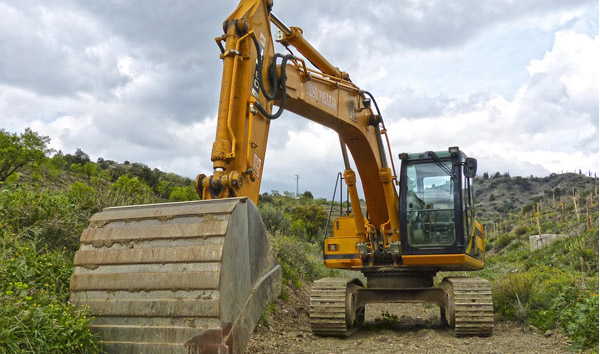Navigating the Rugged Terrain: A Deep Dive into All-Terrain Forklift Specifications
2025-07-27 05:10:31
All-terrain forklifts are engineered to operate efficiently across uneven, muddy, or rough surfaces, making them indispensable in construction, agriculture, and logistics. Unlike standard forklifts, these machines feature reinforced chassis, high-torque engines, and specialized tires to ensure stability and traction. Key specifications include load capacities ranging from 3,000 to 15,000 lbs, depending on the model, and lift heights extending up to 20 feet. Additionally, all-terrain forklifts often incorporate four-wheel drive systems and oscillating axles to navigate challenging landscapes with ease.
One of the defining features of all-terrain forklifts is their robust powertrain. Most models are equipped with diesel engines producing between 50 to 150 horsepower, ensuring sufficient torque for heavy lifting in off-road conditions. Advanced hydraulic systems further enhance performance, enabling precise load handling even on inclines. Fuel efficiency is another critical consideration, with modern all-terrain forklifts incorporating eco-friendly technologies such as Tier 4 Final engines to reduce emissions. These specifications make them ideal for prolonged use in remote or environmentally sensitive areas.
Tire selection plays a pivotal role in the functionality of all-terrain forklifts. Pneumatic tires with deep treads are standard, providing superior grip on loose or wet surfaces. Some models offer foam-filled or solid rubber tires for puncture resistance in rocky terrains. The tire size and pressure are also adjustable, allowing operators to optimize performance based on ground conditions. For instance, wider tires distribute weight more evenly, reducing ground pressure and minimizing soil disruption—an essential feature for agricultural applications.
Safety remains a top priority in all-terrain forklift design. Rollover protection systems (ROPS) and falling object protective structures (FOPS) are mandatory in most jurisdictions. Additionally, advanced stability control systems automatically adjust hydraulic pressure and braking to prevent tipping during operation. Operator cabins are ergonomically designed with shock-absorbing seats and intuitive controls to reduce fatigue during extended shifts. These specifications ensure compliance with OSHA and ISO standards while enhancing productivity in demanding environments.
The versatility of all-terrain forklifts extends to their attachment compatibility. From log clamps to telescopic booms, these machines can be customized for specialized tasks. For example, in the forestry sector, all-terrain forklifts equipped with grapples efficiently handle timber, while construction sites benefit from models fitted with fork extensions for bulky materials. Such adaptability, combined with their rugged specifications, positions all-terrain forklifts as a cornerstone of modern industrial operations. As technology advances, we can expect further refinements in automation and energy efficiency, solidifying their role in the future of material handling.




